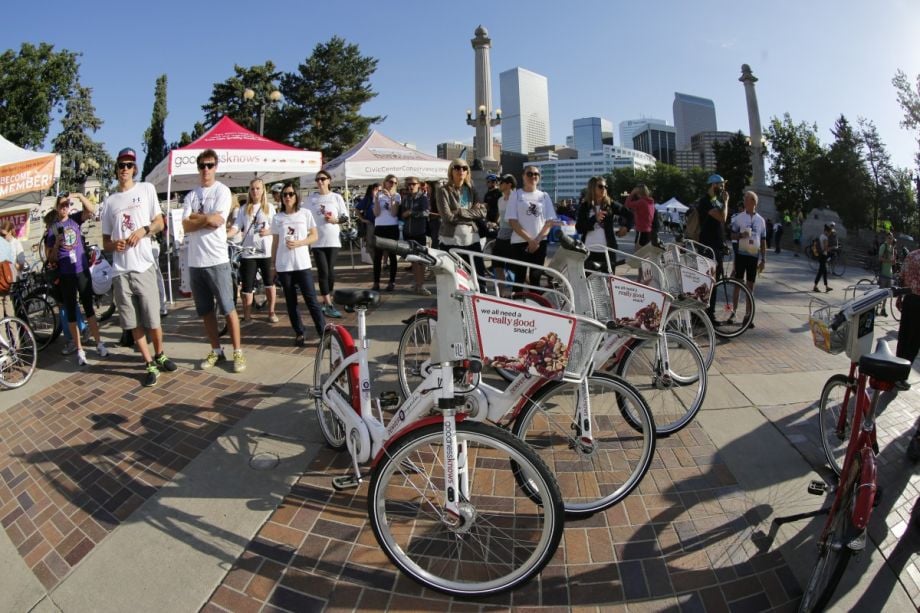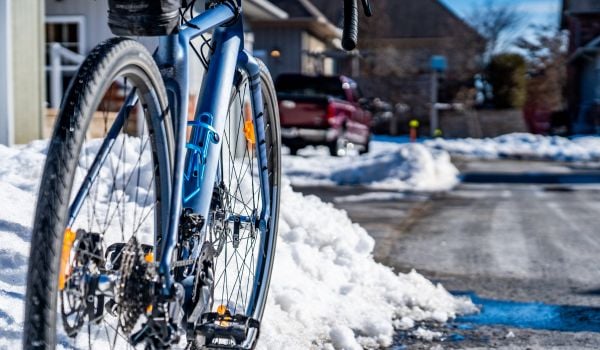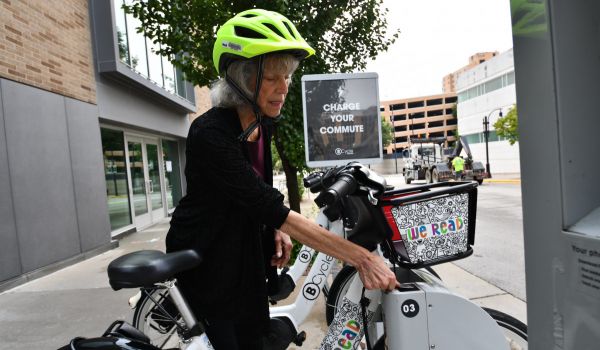The thousands of people who pedal to and from work each spring on U.S. cities’ annual Bike to Work Days make a very visible stand for the cycling commute. But what happens when you take away the breakfast stations, the free water bottles and the local TV news anchor?
To look into how the excitement of a mass bike commute translates into actual regular bike commuting, researchers surveyed 1,000 participants in a 2012 BTWD in Denver. Their study aimed to, as they put it in the Journal of Urban Planning and Development, “understand who attends BTWD events and how impacts of these event-based promotional strategies vary across different groups of bicyclists.”
Beyond noting that dozens of reasons inspire people to hop onto Bike to Work Day — the free t-shirt? My boss made me? — the paper’s authors also wanted to pinpoint barriers to commuting by bicycle.
Unsurprisingly, a lot of people at the Denver BTWD, well, already bike to work every day. But the surveys also picked up useful data about participation and lasting impact from people who only rode that day, or who can ride to work but often don’t.
The study looks at factors like age and income and education level too, but the captive BTWD audience also provided a chance to consider what changes might encourage people to ride a bike to work.
While the solutions to some of these barriers that exist for Denver cyclists may be obvious, the paper’s authors seem to hope their study encourages cities to follow in their footsteps and use BTWDs as a chance for crowdsourcing. “If cities know why people want to get out on their bikes, they can do a better job of building on that information,” CU-Boulder Professor Kevin Krizek said. “Better yet, if cities know what’s impeding people from cycling, they can mitigate those obstacles by intervening with new policies.”


















